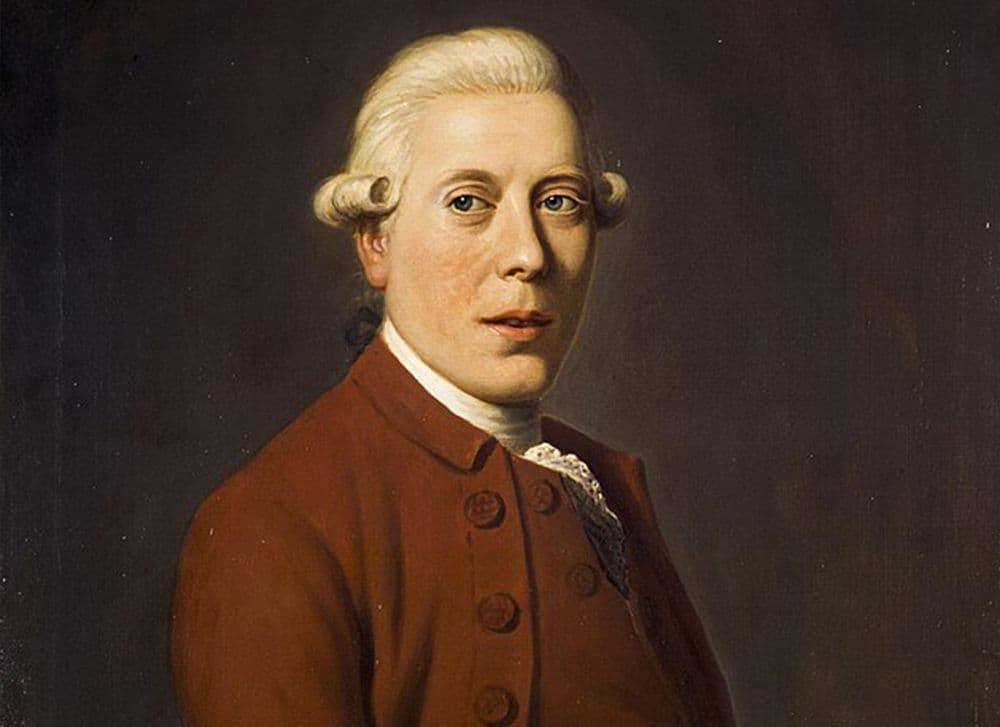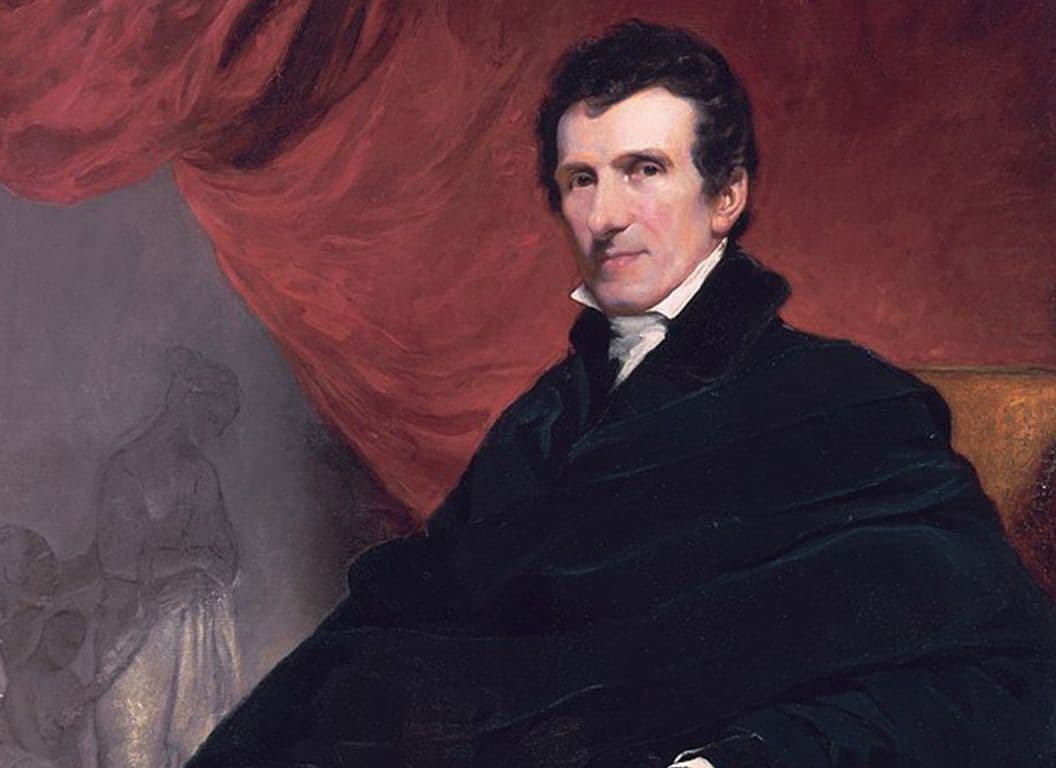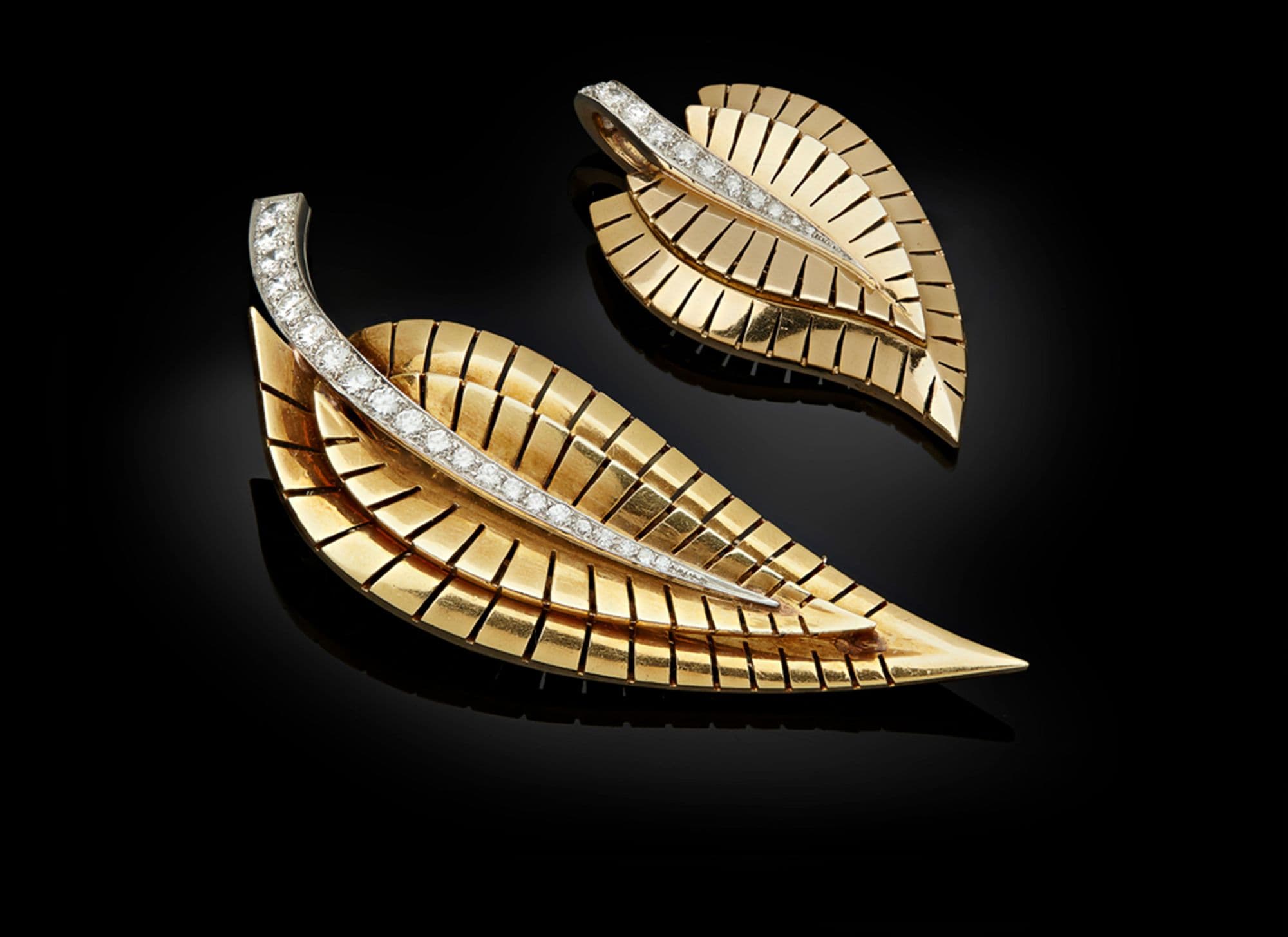James Tassie was a Scottish gem engraver and modeller renowned for his exquisite portrait medallions and pioneering work in vitreous pastes.
Born in Pollokshaws, Glasgow in 1735, Tassie initially trained as a stonemason before pursuing his passion for art and design at the Glasgow School of Art. His career took a transformative turn when he moved to Dublin, where he collaborated with the physician Dr. Henry Quin. Together, they developed an innovative composition that closely resembled antique gemstones, allowing Tassie to produce detailed, highly durable impressions of ancient and contemporary engraved gems.
Settling in London in the 1760s, Tassie’s reputation flourished as he gained the patronage of aristocrats, scholars, and collectors who admired his exceptional craftsmanship. His portrait medallions, often made from his signature white enamel-like paste, captured the likenesses of leading figures of the Enlightenment, including scientists, philosophers, and nobility. These works combined neoclassical elegance with an almost scientific precision, solidifying his place among the great portraitists of his time.
Tassie’s skill in replicating classical intaglios and cameos led to commissions from European royalty, including Catherine the Great of Russia, who acquired an extensive collection of his reproductions. His meticulous cataloguing of ancient and modern engraved gems became an invaluable resource for antiquarians and collectors, preserving the designs of historical masterpieces.





